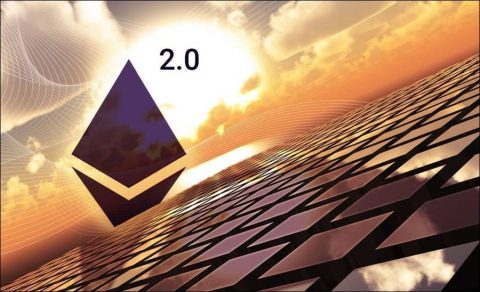With the update planned to take place in 2020, the Ethereum 2.0 (Serenity) version will be switched. What does the Ethereum 2.0 migration mean for existing users? What do users need to do to migrate?
The Ethereum ecosystem continues to evolve with the work of the developer team and grow with the support of the community. After the Constantinople and Istanbul hard forks, the ongoing work for Ethereum 2.0 is expected to be completed in the last quarter of 2020 and the transition is expected to take place.
In this process, users are most curious about how Ethereum assets will be affected by this change. Users who buy and sell Ethereum or store Ethereum assets in their BtcTurk account or their own wallet need to know that all Ethereum assets will continue to be securely stored on the Ethereum blockchain. However, users who mine Ethereum or want to earn with Ethereum need to be prepared for the Ethereum 2.0 process.
Migrating from Ethereum to Ethereum 2.0
Ethereum 2.0 started to occupy the agenda of the cryptocurrency ecosystem with the presentation of Vitalik Buterin, one of the founders of Ethereum, at the Ethereum Developers Conference (Devcon) in 2018. The new version of the Ethereum blockchain, which is often the subject of news with delays in the development process, will cause a big change in the Ethereum ecosystem.
Working on the transition to the new Ethereum version, called Serenity, the developer team has managed to make the mandatory updates Constantinople and Istanbul, albeit later than planned. With the completion of 3 stages in total, the transition process will be completed.
With Ethereum 2.0, “Proof of Work” (PoW) consensus will be replaced with “Proof of Stake” consensus. In this way, keeping the Ethereum network running will be more energy efficient.
Mining in the current system will be replaced by Staking, and with Ethereum 2.0 fully active, miners will no longer have a function. By locking down Ethereums in their wallets, users will be able to participate in the “Proof of Stake” settlement and earn passive income.
Next page: Ethereum migration process stages
Visits: 84




